Notice that the subject is about decluttering with your kids, not for your kids. That’s right: you need to (and can!) get your kids involved!
Of course, I’m talking about kids who are at appropriate age to get involved in the process. But, what is that age? Well, you know your kids best and the age will vary from family to family, but a general rule of thumb is that preschool age is the right time to start dishing out responsibilities and expectations for your little ones. I mean, think about it: at school they take care of their belongings and clean up after themselves, so why not at home?
Getting kids involved in the organizing process and showing them not only the importance of decluttering but HOW to actually declutter is a lesson that they will carry on with them as they get older.
As a parent, I know that many of you are probably reading this and thinking “there’s no way my kid will do this.”, and I HEAR YOU but don’t lose hope just yet! Take a look at my top tips for getting kids on board with decluttering. So, whether your kids are young or you’re interested in getting your teens involved, read on!
5 WAYS TO GET YOUR KIDS TO DECLUTTER
-
Establish the rules. Have a discussion with your child to go over WHY decluttering is important. Not only will they be able to find their stuff easier and actually see (and therefore use) what they have, but it will be so much easier to keep up with it. Remind them that you are paring down to what you actually use, need, or want to create your baseline. You’ll be making room for them to enjoy the stuff that they do have, make space for future items to come in, and pass along items that can be enjoyed and used by someone else.
-
Incorporate a permanent donation bin. A bin, bag, or basket in your kid’s closet will come in hand more often than you realize. It can feel that kids outgrow clothing, shoes, and interest in toys and games just as quickly as they come in to your home. Designate a donation spot in each of your kids’ closets for outgrown clothes and in your garage or storage room for toys that your children no longer play with). When the bags and bins are full that’s your cue to get the donation items out and clear room for the next cycle of stuff. This tip is helpful for adults, too, so that there is a spot to toss clothing that you no longer like, fit in, or wear.
-
Weed out the clutter quarterly. Spend time every couple of months to review what’s being stored. Chances are your kids may no longer be attached to the headless doll or broken truck that they’ve buried at the bottom of the bin, and the missing puzzle pieces that never turned may be better off in the garbage bin. The same rule goes for books that may no longer be appropriate for their age or reading level, so make sure to sweep the bookshelves to identify options to clear out real estate.
-
Create actionable goals when it’s time to declutter. Similar to how adults feel, decluttering can be overwhelming. Focus on bite-size areas, like the bookshelf or a single drawer rather than the room as a whole. Establishing goals like “find 10 books that you don’t read” or “choose 5 dresses that you want to keep” is a way to make kids feel like they are in control of what is leaving as well as what is staying. Similarly, having a goal to fill up a trash bag or a bin with all of the toys that they don’t want or use is an easy way for kids to visualize the progress.
-
Start with the easiest categories. Always choose the least emotional areas to begin decluttering. You know your child best, so that could be their closet, bookshelf, or even puzzles and games that they haven’t been playing with. It’s easier to let go of items from categories with the least emotional attachment and then build up to the more difficult areas, like toys and collectibles.
I’d love to know: what tips would you add to this list? If you’ve had any luck getting your kids to get involved in the decluttering process, share your tips in the comments section!
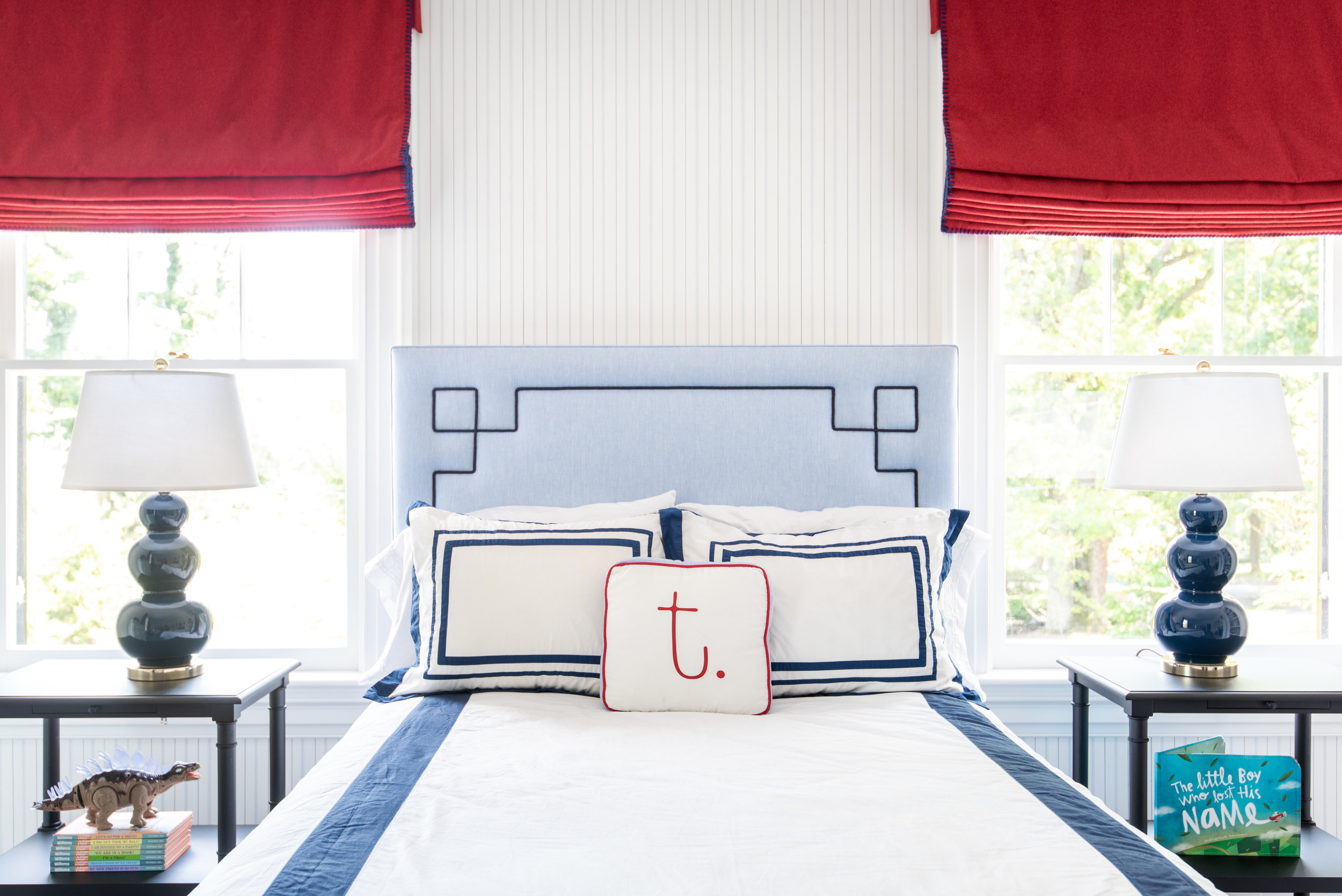

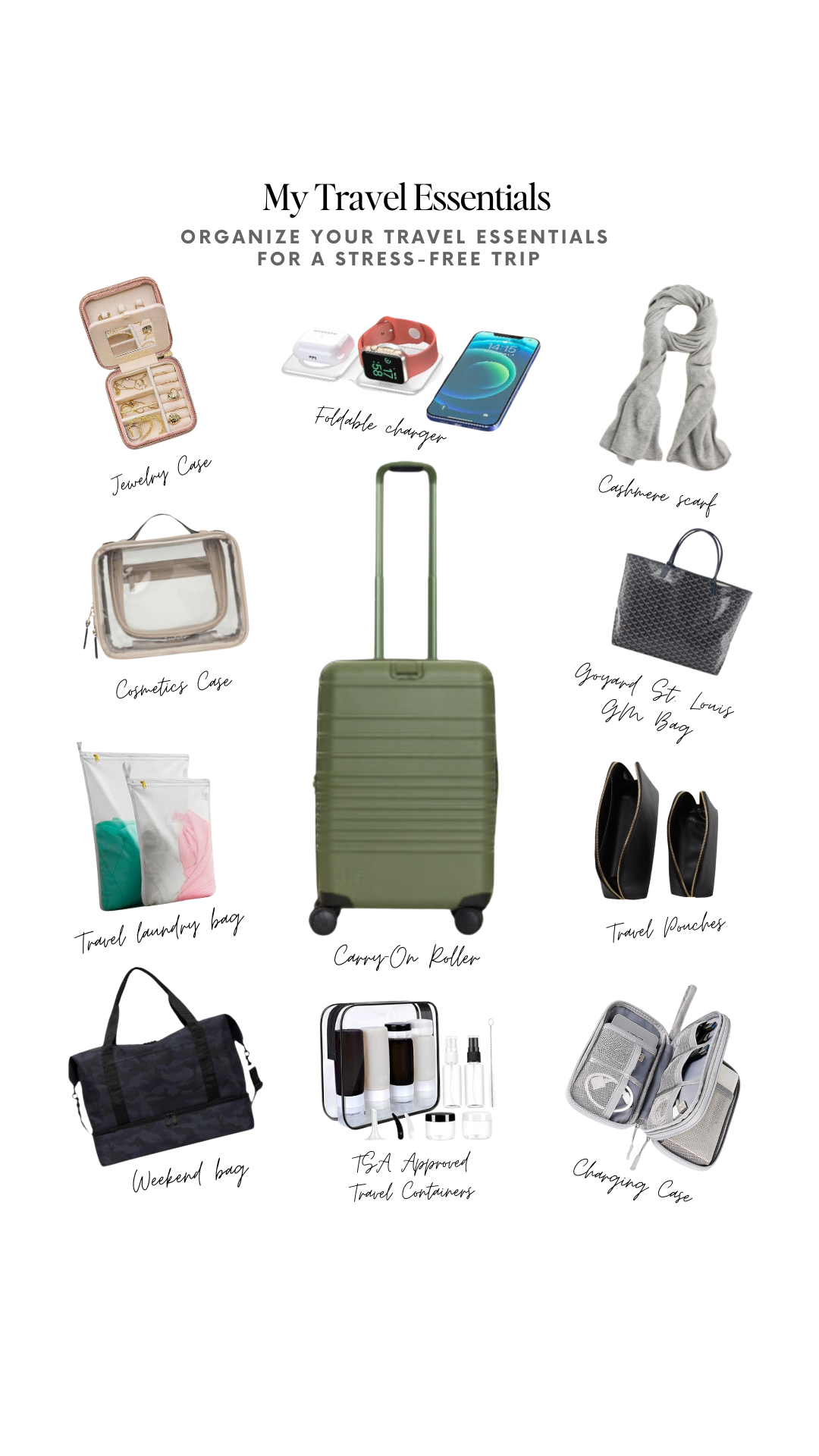
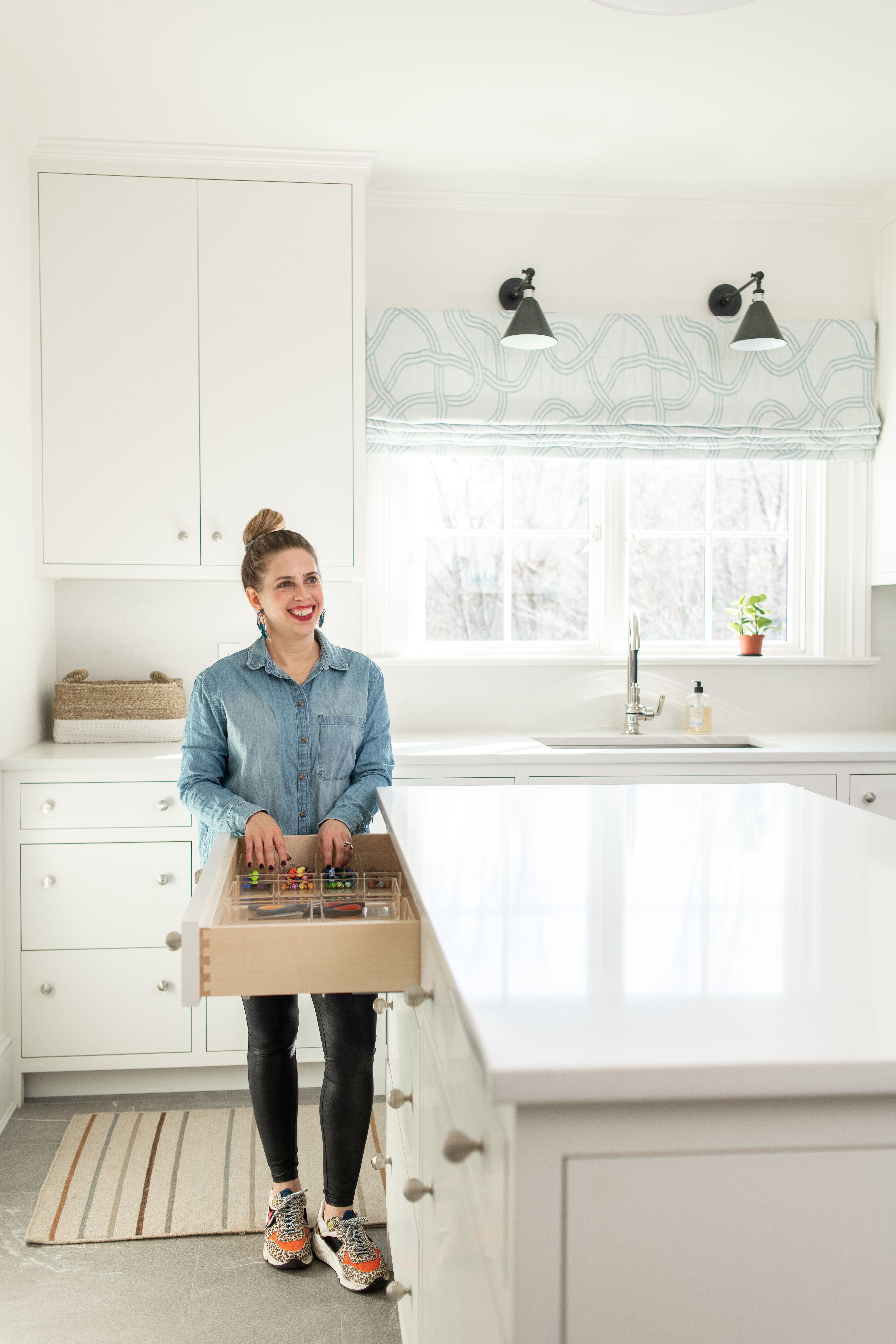
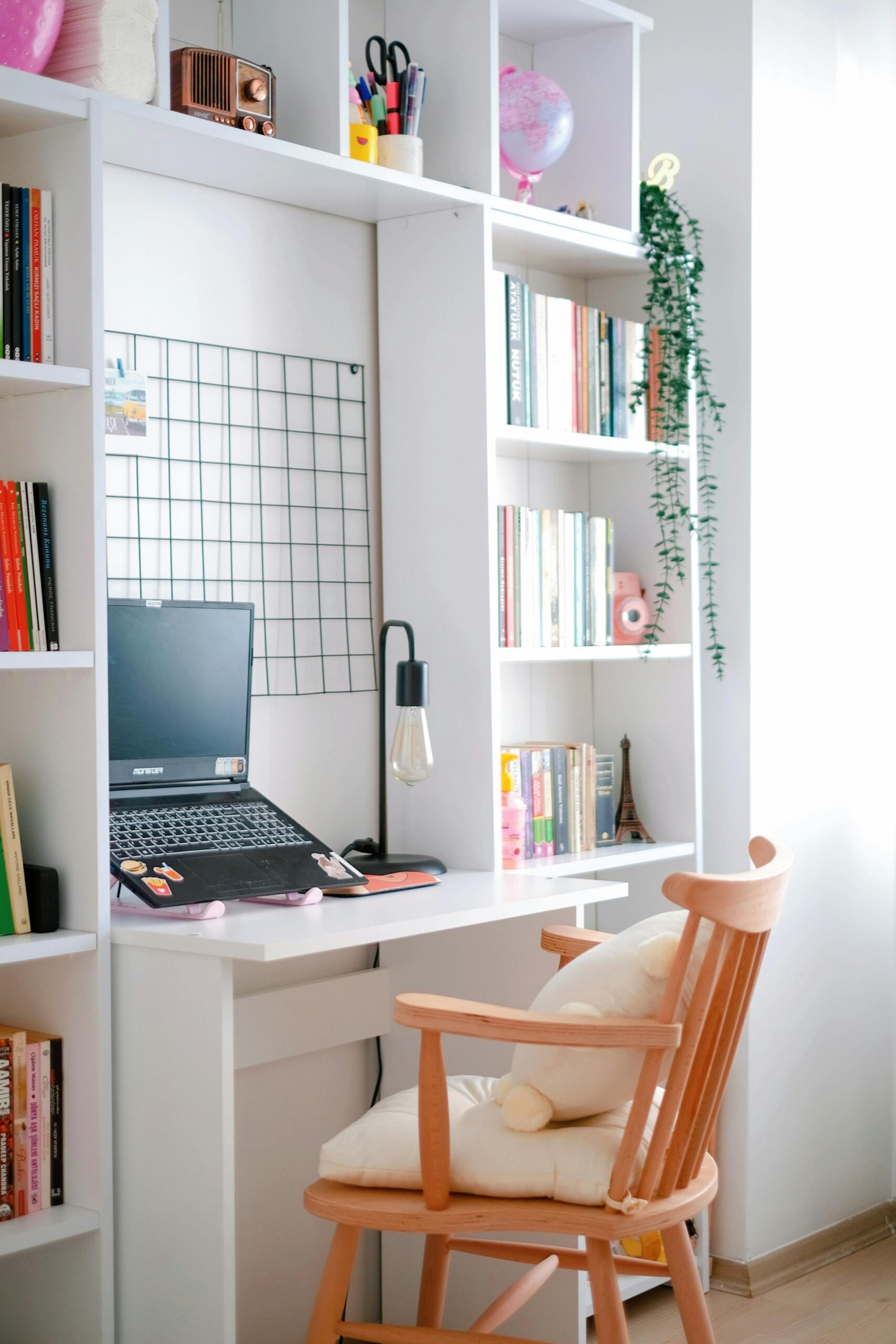
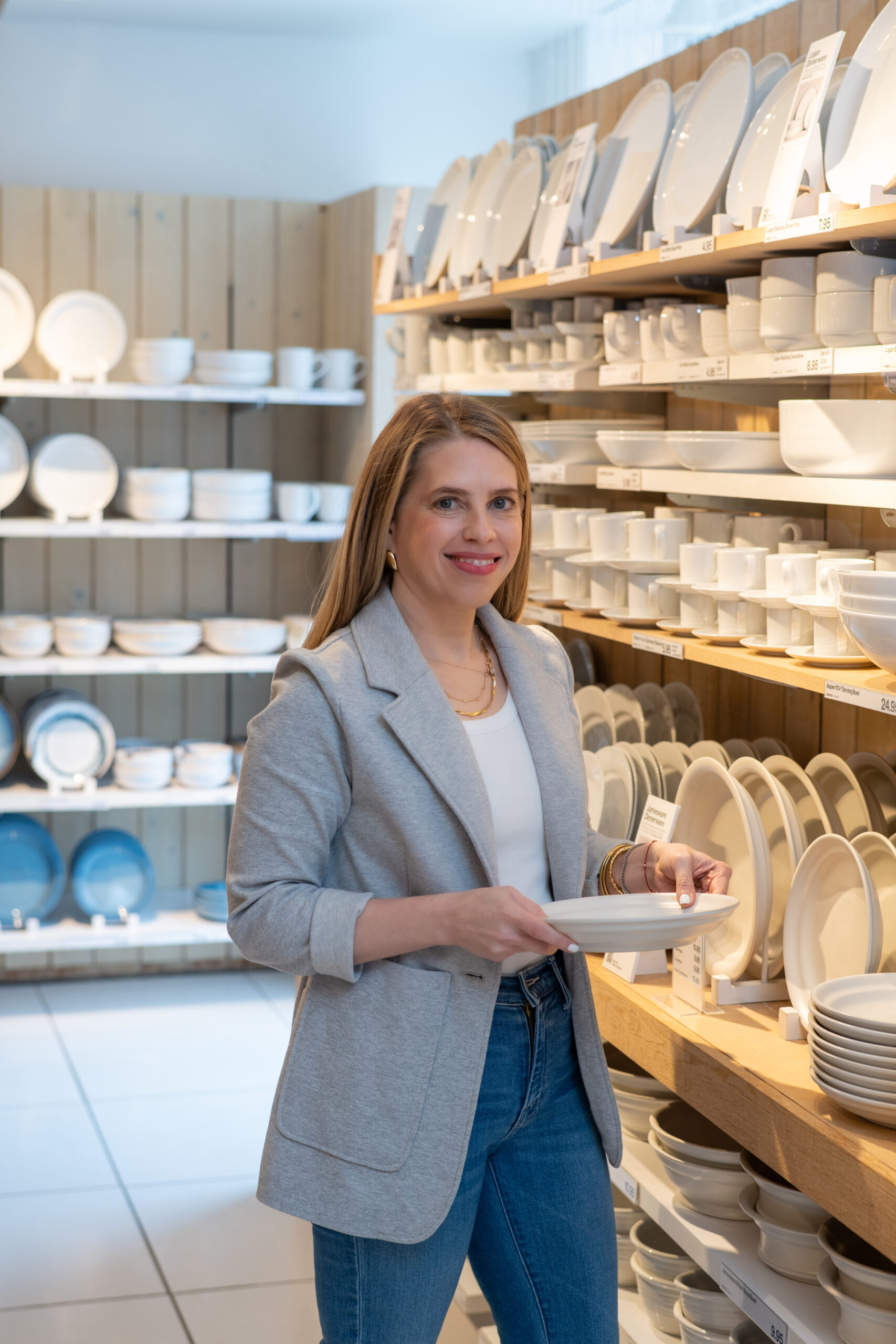
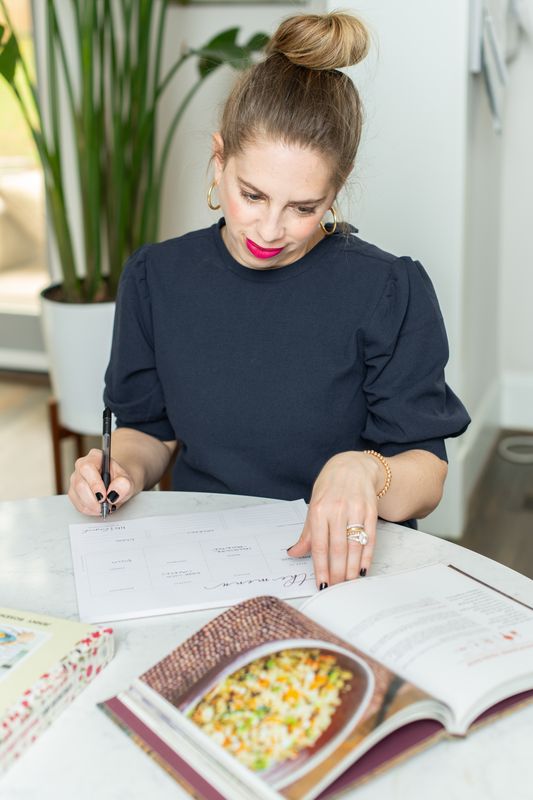

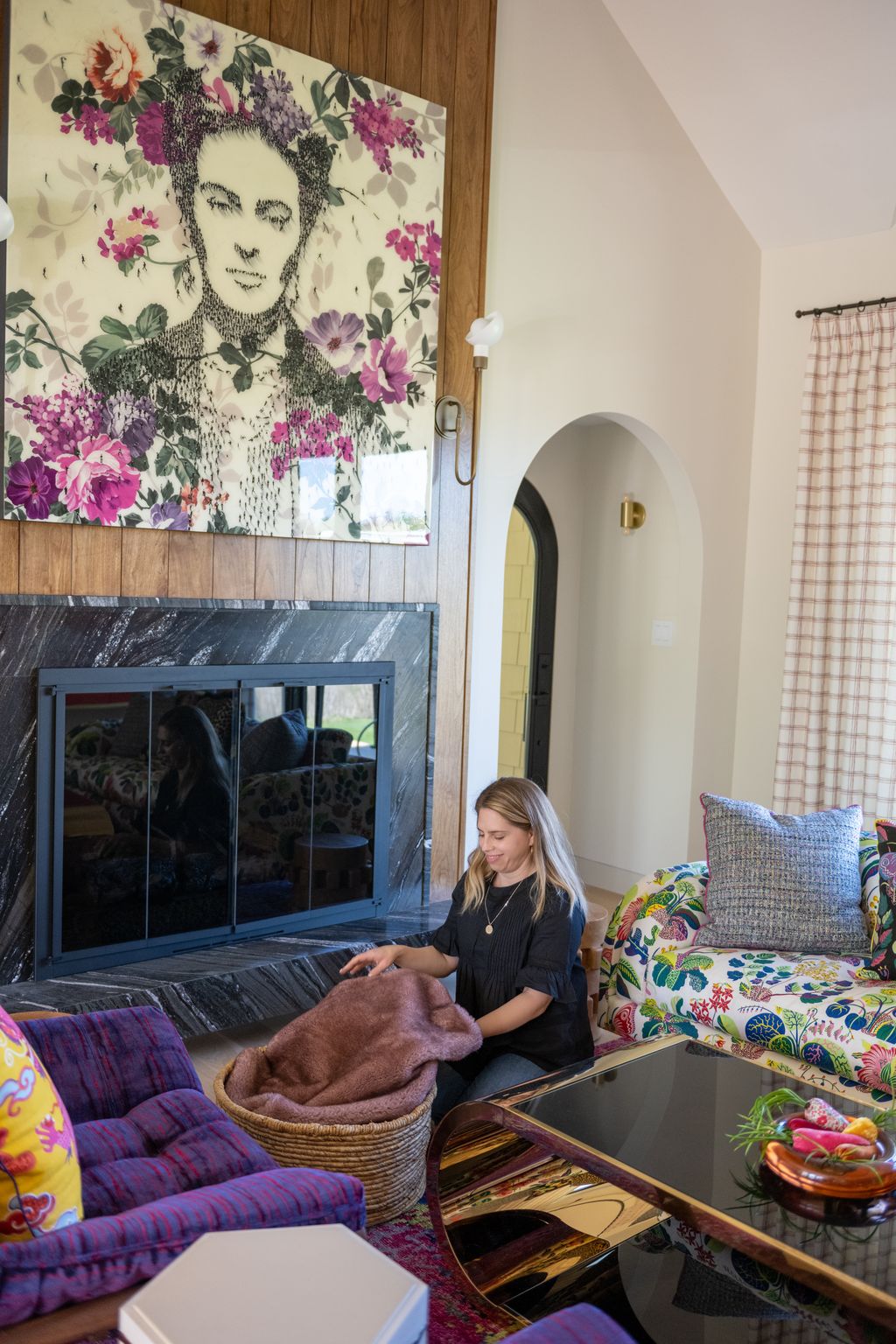
+ show Comments
- Hide Comments
add a comment